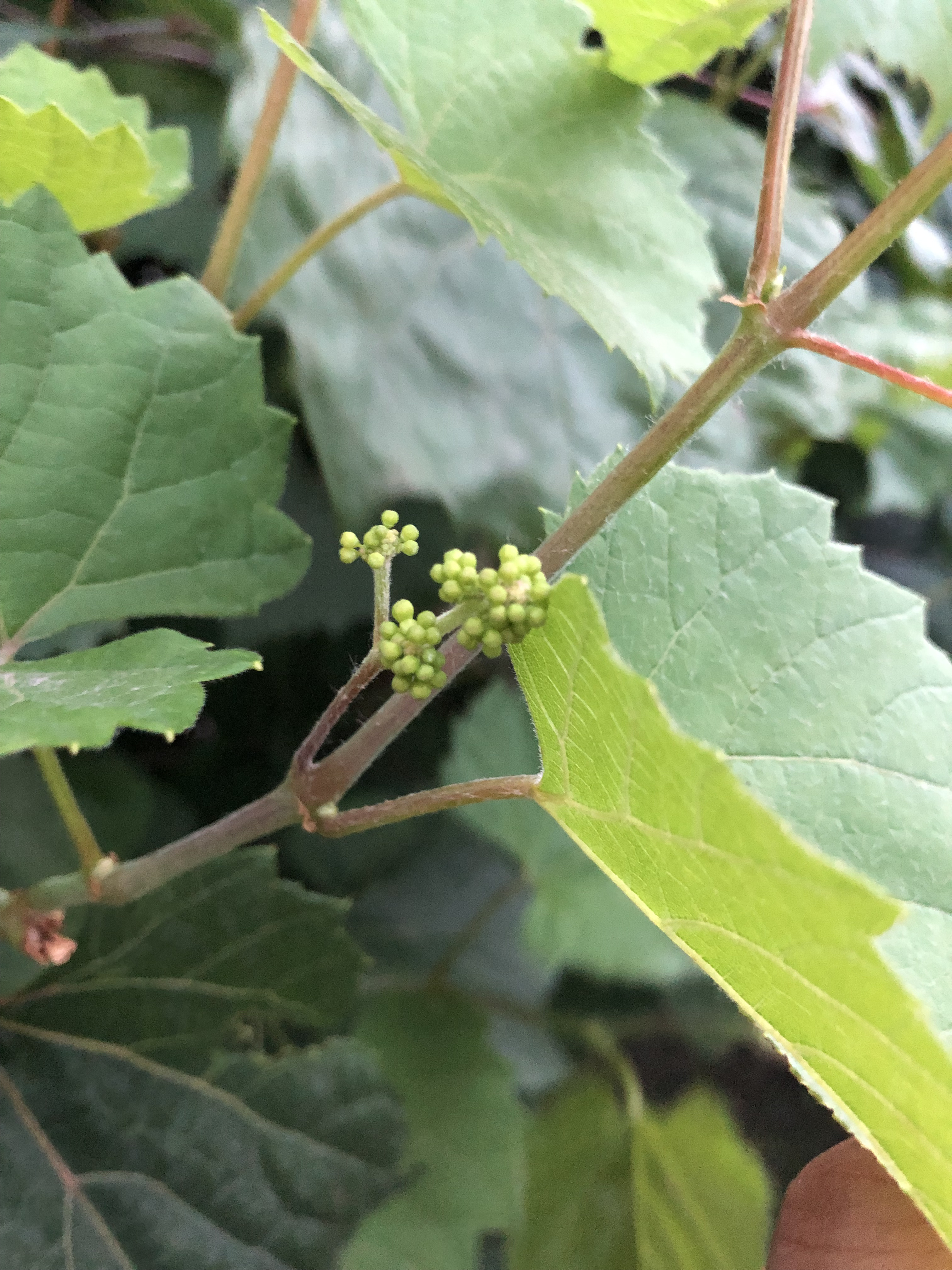Methods
Summary
The first stage of the project, grape sampling will be performed after the beginning of the harvesting season to ensure the availability and highest quality of the berries. Homogeneity of the material will be achieved with grid system selection, and similar sized berries will be sampled evenly on the whole area of the vineyard. Furthermore, a flotation process will be performed to select the berries with the closest density. The total amount of berries will be 50 kg.

After the harvest, the berries will be frozen according to the wine-grape storing standards to preserve the needed polyphenolic contents until the arrival of the skin models. The equipment that will be used for storage is corresponding to the international storage standards and is one of the best available on the market.
.jpg)
.jpg)
Upon the arrival of the ordered skin models, the samples will undergo a thawing process with a technic ensuring the integrity of the samples. Meanwhile, arrived skin models will be put for storage in the required conditions until the tests.
After completing the thawing process, preparation for the extraction will start. The portion of initial berries will be separated into seeds and skins and the remaining will be turned into pomace using a grape mill. The skins and the seeds will be homogenized through a process of shredding to maximize the efficiency of the extraction.
The total of 4 extraction technics will be used with each composite, including solid-liquid extraction (SLE), ultrasound-assisted extraction (UAE); enzyme-assisted extraction (EAE) and Matrix Solid Phase Dispersion (MSPD), each process will be performed using corresponding lab equipment under the supervision of specialists and according to the standards of procedures. Then, the polyphenolic contents of each extraction will be assessed using spectrophotometry with Folin–Ciocalteu reagent. The results of the analysis will be documented and the testing procedure will begin.
For the testing of the substance, psoriasis-inflamed 3-dimensional skin models purchased from a commercial retailer will be used. The test will include a total of 9 different conditions, including an unstimulated control, a stimulated control and a positive control and to determine the results, histological examination will be performed together with ELISA test of the skin models, the results will be examined by a professional in the field of psoriasis research and conclusions will be documented.
Challenges
The most challenging aspect of the research is to ensure homogeneity and prevent variability in the samples as well as to conduct accurate measurements of the organic compounds. In order to overcome the difficulties, the best equipment available along with the most qualified experts in the field will be engaged and the special sampling techniques will be used to prevent variability.
Pre Analysis Plan
The results, acquired from the tree-dimensional psoriasis skin model testing will be analyzed through the means of histological examination of the models as well as with ELISA test, which will determine the effectivity and the immune-modulating properties of the compounds. The outcomes will also be independently examined by a professional in the field of psoriasis research and the conclusions will be documented.
Protocols
This project has not yet shared any protocols.